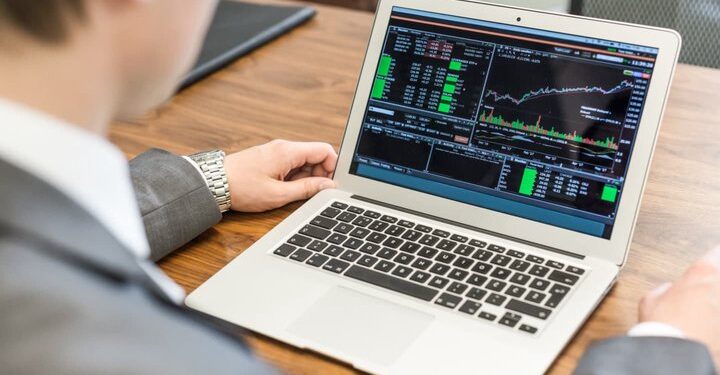There is a point in every trader’s journey where technology becomes tempting. You start off relying on your eyes, your judgment, your sense of the charts. But as you dive deeper into FX Trading Online, the sheer volume of data, the speed of movement, and the precision of modern tools begin to pull you toward automation. Algorithms promise consistency. They remove emotion. They never hesitate or second-guess. But what happens when that meets instinct—the quiet, often unspoken voice that comes from experience?
That intersection, where human intuition meets machine logic, is where some of the most powerful trading decisions happen. It is not a battle between man and machine. It is a partnership, and for many traders, learning how to balance the two has become an essential part of evolving in today’s fast-moving Forex world.
The Strength of Algorithmic Precision
Algorithms operate on rules. They are consistent. They execute without hesitation, manage risk exactly as instructed, and do not deviate based on fear or greed. They are built to follow patterns and probabilities, and they are especially effective in situations where repetition matters.
In FX Trading Online, this makes them incredibly useful for strategies like scalping, breakout trading, and statistical arbitrage. They are not influenced by fatigue or overconfidence. They simply follow code. For traders who struggle with emotional decisions, automating parts of their system provides relief and improved discipline.
Backtesting is another major advantage. With an algorithm, you can test thousands of trades in minutes. You can explore different variations, timeframes, and risk levels quickly. It is a kind of learning that would take months or even years if done manually. These data-driven insights are valuable, not just for programmers, but for any trader looking to refine a system.
The Human Element Is Still Irreplaceable
Despite the strengths of automation, there are moments when instinct whispers what the code cannot see. The feeling that a move is losing steam despite the trend holding. The awareness that a news event might cause a fake spike before reversing. The sense that volatility is behaving differently today than usual. These are the moments where experience shines.
Instinct in trading is not random guesswork. It is a response formed from countless hours observing the market, watching how price reacts, and remembering how similar setups played out. In FX Trading Online, this form of knowledge becomes a kind of intuition that machines simply cannot replicate at least not yet.
Many traders who rely heavily on algorithms still monitor trades manually. They override systems when something feels off. Others use instinct to decide when to activate certain strategies. They do not replace human judgment with code. They enhance it.
Blending Both for a Smarter Strategy
The most effective traders often use a hybrid approach. They let algorithms handle repetitive tasks, filter for setups, or manage positions after entry. But they still use their own judgment to interpret broader market context, manage news risk, or determine when to step away entirely.
One common model is discretionary algorithmic trading. Here, the algorithm provides trade signals based on predefined conditions, but the final decision to enter is left to the trader. This method leverages both consistency and discretion. It keeps emotions in check without fully removing the ability to adapt to what the market is doing right now.
Training the Mind Like You Train the Machine
To use both instincts and algorithms effectively, traders need to train each side. Algorithmic thinking requires structure, rules, and testing. Intuitive trading requires experience, patience, and self-awareness. One is built through logic. The other is earned through time.
The key is knowing when to lean into each. Some days, the market is so choppy that instinct tells you to step away, even if your bot sees a signal. Other times, your emotions might say to hold longer, but your system shows every reason to exit. Learning to recognize these moments and respond with clarity is what separates traders who merely survive from those who thrive in FX Trading Online.
Two Languages Speaking to One Goal
At their core, both algorithms and instincts are trying to do the same thing, make sense of uncertainty. One uses data, the other uses pattern recognition developed through personal experience. When used together, they create a more complete picture.
In the world of FX Trading Online, success rarely comes from just one side. It comes from finding that middle ground where the speed of technology and the depth of human understanding work in sync. That is where the real edge begins.










